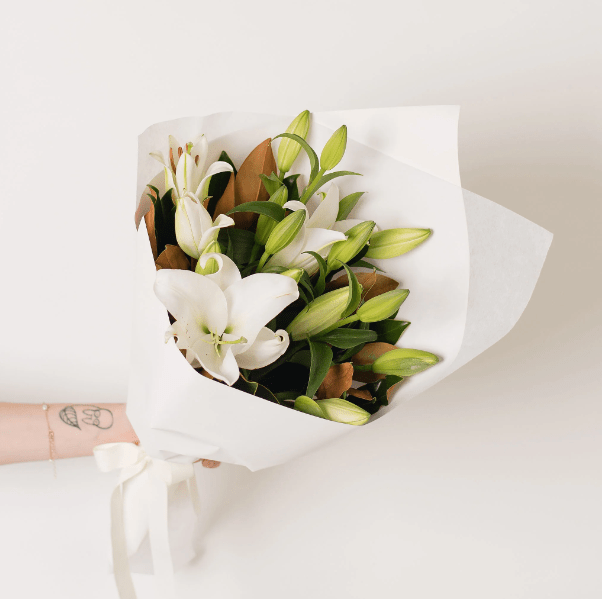The Hidden Dangers of Lily Toxicity in Cats Our furry feline companions bring immense joy into our lives. As responsible pet owners, it is crucial to create a safe environment for them, especially when it comes to household plants....
The post The Hidden Dangers: Lily Toxicity in Cats and Other Household Plants to Avoid in Australia appeared first on Lynbrook Vet.


















